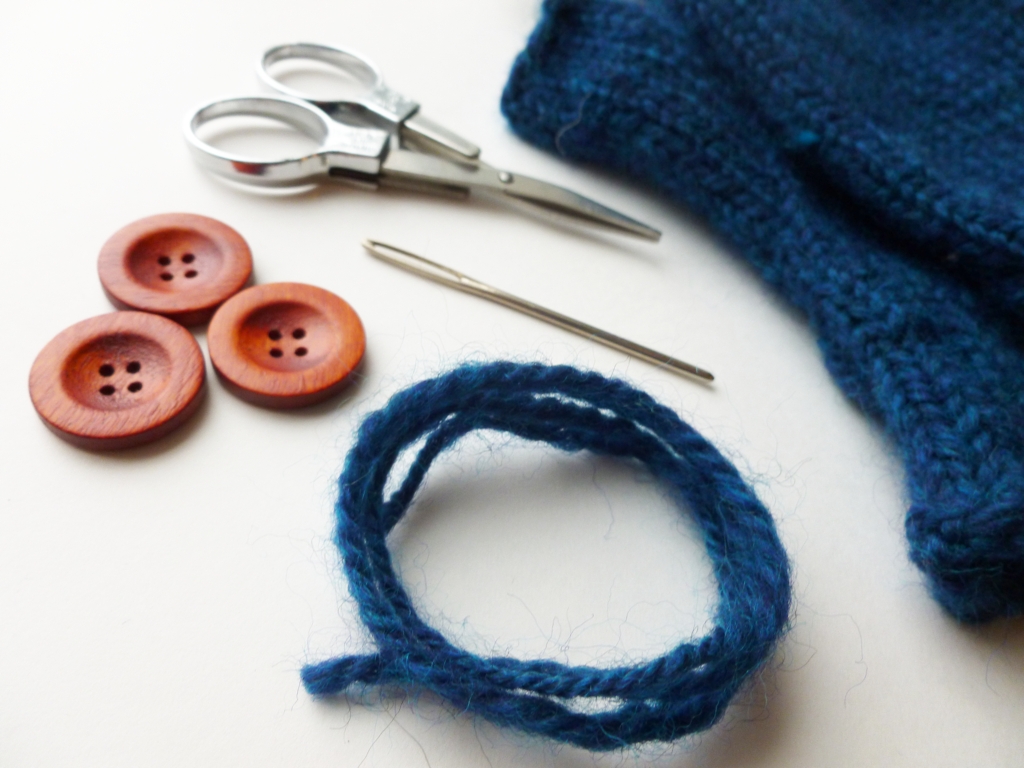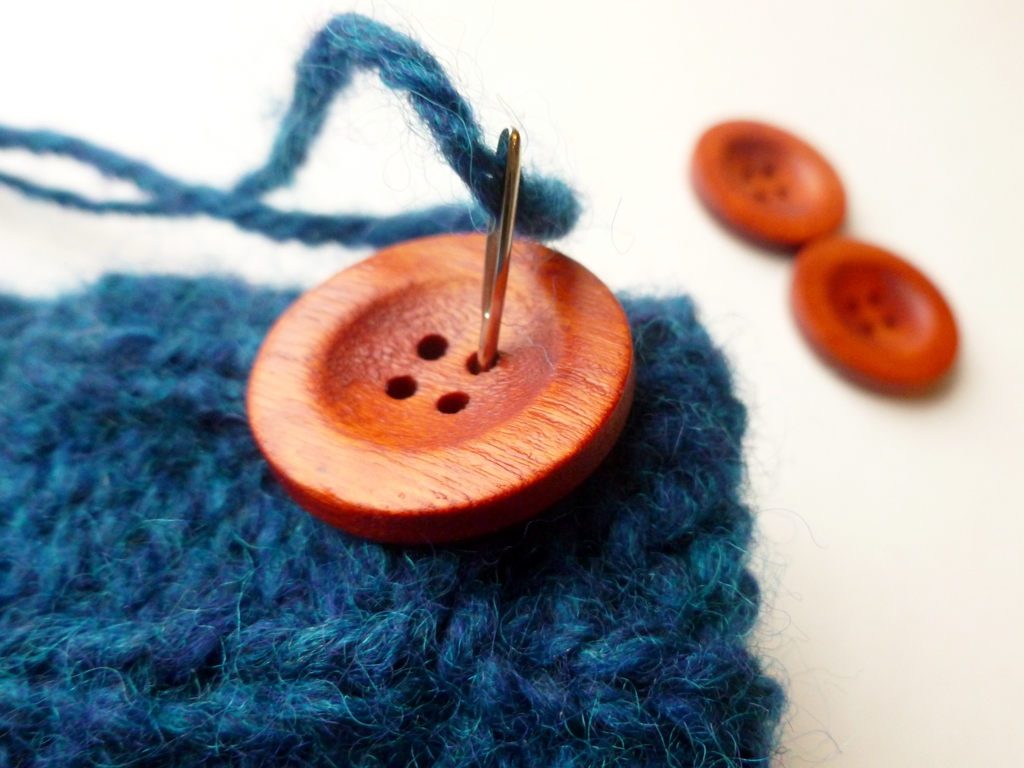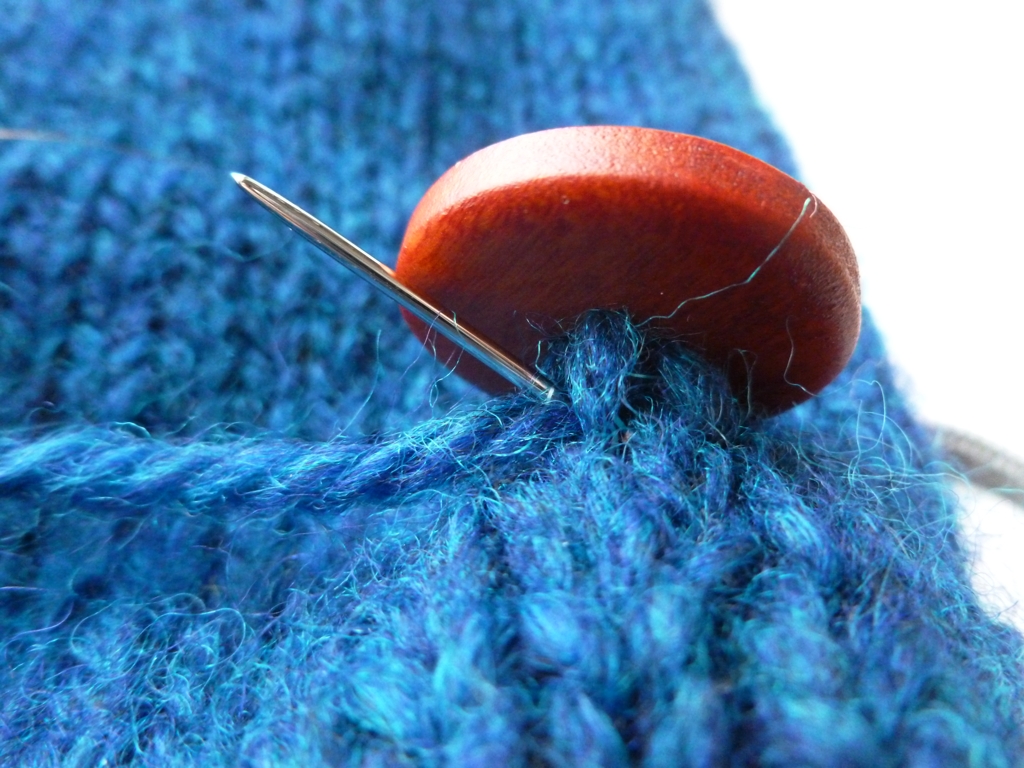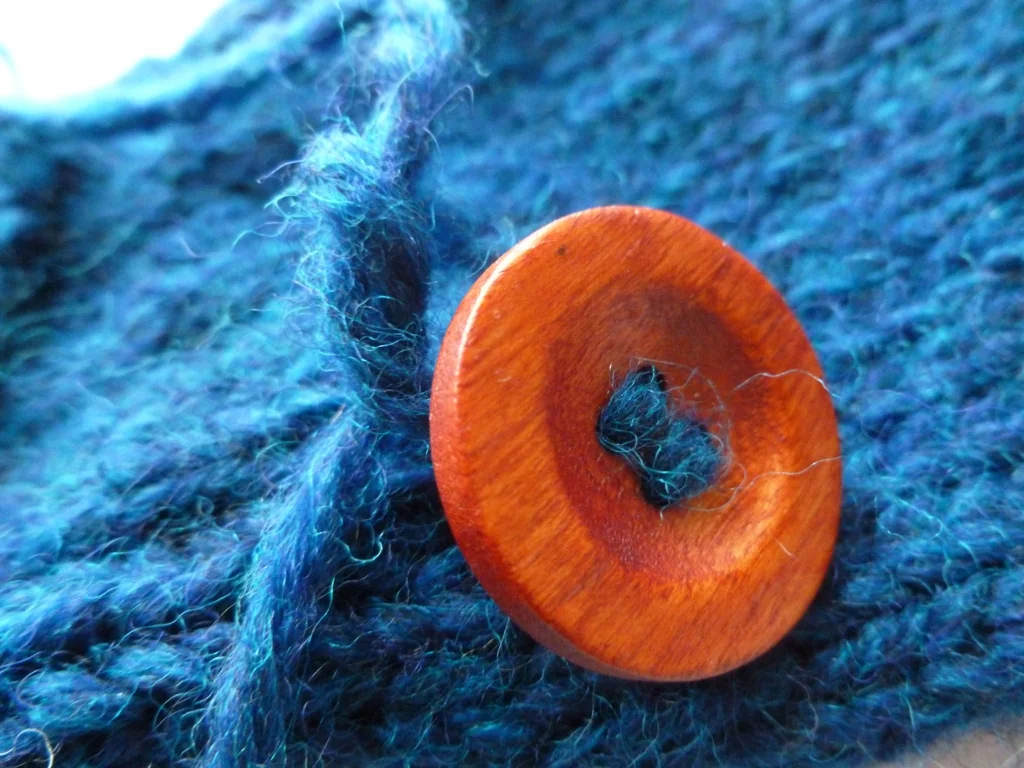Wander the Web 50
/Inspiring, fun, thought-provoking, and crafty links to round out the week and jumpstart your brain.
A couple of days ago, I found a box sitting outside my steps. Inside were lots of Happy Birthday! goodies and a comfy pair of hand knit socks. I’ve wanted to knit Hermione’s Everyday Socks for years and Cece beat me to it. Thanks, Cece! They’re awesome socks.
A great primer on different wools and fibers aimed at spinning the perfect sock yarn.
Make something small every day.
“Great people do things before they’re ready.”
Lucy Sparrow hand stitched 4,000 items -beer, magazines, candy bars, what have you - to stock a corner store.
DIY Natural Dyes Chart - focused on fabric but would probably work for yarn too
















